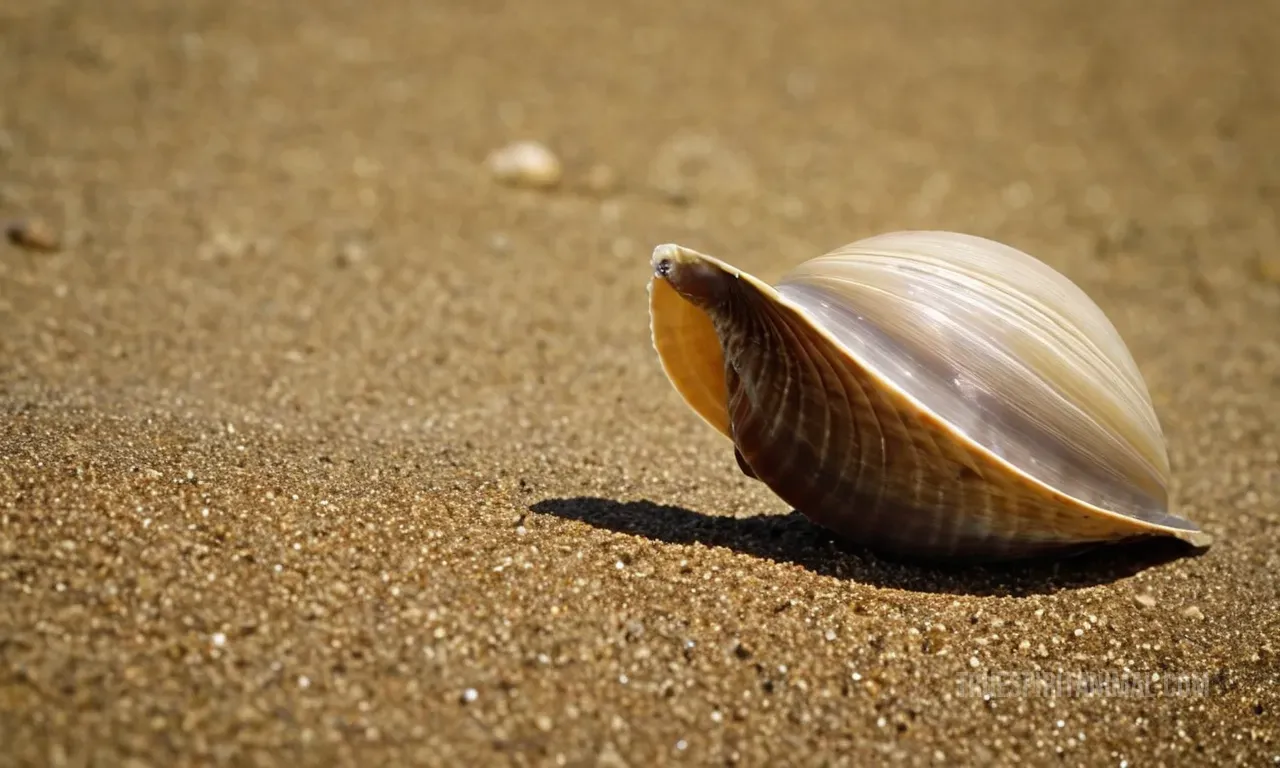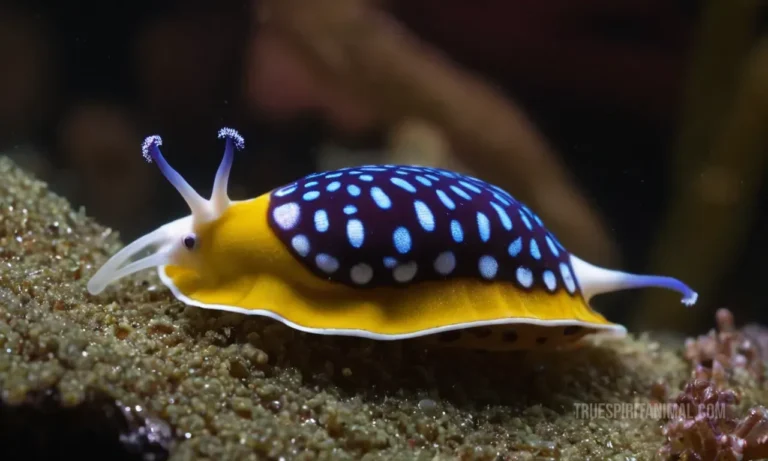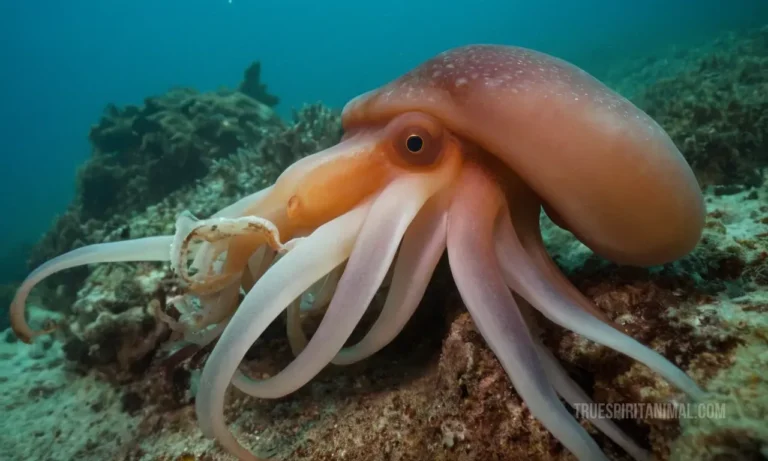Quahog Clam Symbolism and Meaning

The quahog clam, also known as the hard-shell clam or cherrystone clam, is a type of edible bivalve mollusk found in the northeastern Atlantic Ocean. It has been an important part of Native American culture for centuries, particularly among the Wampanoag people who lived along the coastline of present-day Massachusetts and Rhode Island. The quahog clam holds significant symbolism and meaning for them, representing various aspects of their lives, beliefs, and traditions. This article will explore the symbolic significance of this shellfish in Native American culture and its importance to their way of life.
Introduction
The quahog clam is not just a source of food; it’s also a symbol of unity, resilience, and abundance for the Wampanoag people. It has been used in various rituals, ceremonies, and daily life. Understanding its symbolism can provide insight into their culture and values.
Quahog Clam as a Symbol of Unity
The quahog clam was an essential part of the Wampanoag diet. They would gather these clams in large quantities during the summer months when they were abundant, storing them for winter consumption. The process of gathering and sharing these clams brought communities together, fostering unity and cooperation among tribes. This act symbolized their interdependence on each other and nature. It was a reminder that everyone had to work together to survive harsh winters. The Wampanoag believed that the clam’s shell represented the circle of life – birth, growth, death, and rebirth, emphasizing the cyclical nature of existence.
Quahog Clam as a Symbol of Resilience
The quahog clam is known for its resilience in surviving harsh conditions underwater. This toughness was admired by the Wampanoag people who saw it as a metaphor for their own strength and adaptability. They believed that just like the clam, they too could endure hardships and thrive despite challenges. The clam’s ability to close its shell tightly during storms or predator attacks symbolized resilience against adversity. This made it an emblem of perseverance and strength in times of difficulty.
Quahog Clam as a Symbol of Abundance
Quahogs were plentiful along the coastline, providing sustenance during lean times. The Wampanoag considered them a symbol of abundance, indicating that there would always be enough food if they respected nature and worked together. They believed that by respecting the environment, they could ensure continued prosperity.
Quahog Clam in Native American Mythology
In their mythology, the quahog clam played a crucial role. One legend tells of a young woman who turned into a quahog after being cursed by her jealous sister-in-law. She became a guardian spirit, protecting the tribe from harm while living underwater. Another story speaks of a heroic warrior who saved his people by using a magical quahog shell to defeat an evil force. These stories reinforced the importance of respecting nature and its creatures.
Quahog Clam in Wampanoag Artwork
Quahogs were often depicted in their artwork, reflecting their reverence for this resource. Carvings on stone or pottery showcased the clamshell’s beauty and utility. They used them as beads, tools, and even currency. This demonstrates the clam’s cultural importance beyond nutrition.
Quahog Clam in Modern Times
Today, quahogs are still harvested for food and jewelry. Their symbolism remains relevant today, representing unity, resilience, and abundance. They’re used in traditional ceremonies and celebrations, reminding us of the Wampanoag’s deep connection with nature.
Conclusion
The quahog clam holds profound meaning for the Wampanoag people. Its symbolism extends beyond food; it represents unity, resilience, abundance, and respect for nature. Understanding this cultural significance can help us appreciate their relationship with the environment better. It’s a reminder of our interconnectedness with nature and the importance of sustainable practices.





